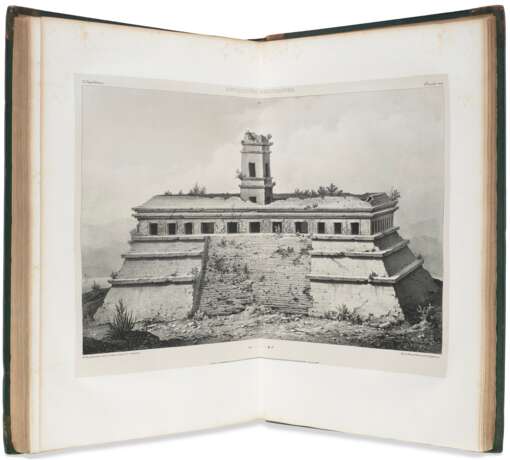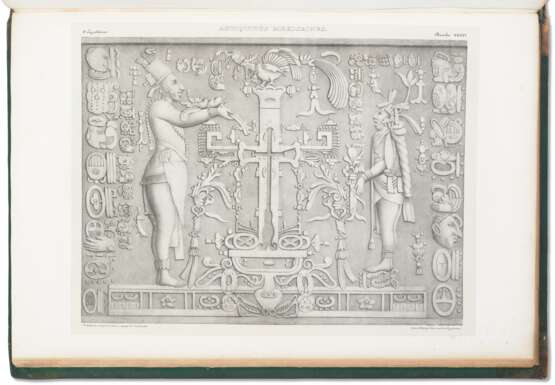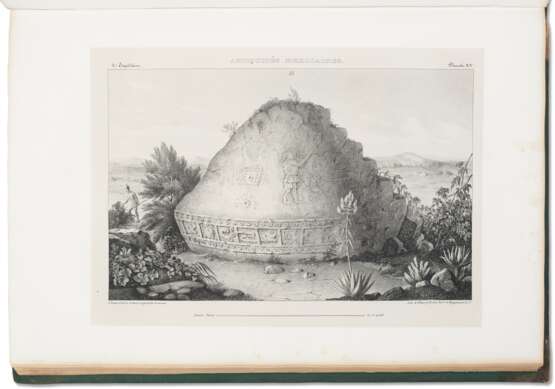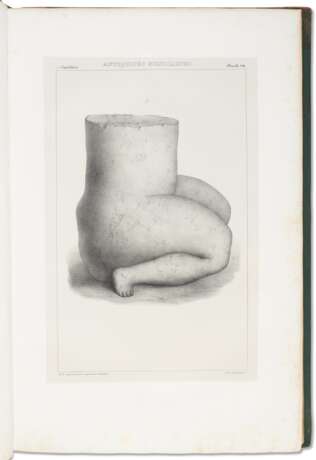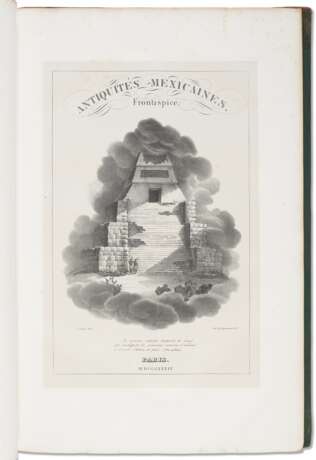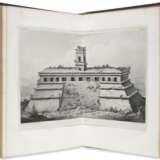ID 627545
Lot 55 | Antiquités mexicaines
Estimate value
$ 4 000 – 6 000
First edition of a pioneering work on Mesoamerica, "the most extensive visual record of pre-Hispanic monuments yet assembled" (Evans). According to Sabin, it is "an almost indispensable supplement to Humboldt's Voyage en Amerique, as it contains many interesting discoveries not in the latter work." Dupaix embarked on three fact-finding expeditions funded by Carlos IV in 1805-1807, imagining himself on a mission similar to Napoleon's Egyptian campaign—except that while Egypt was familiar to European explorers, in Mexico, in the words of his publisher: "everything is as new as it is marvellous." He was accompanied by an artist, José Luciano Castañeda, who "recorded the unusual structures he encountered with an accuracy that surpassed the efforts of earlier artists (Evans)."
Dupaix rejected the trans-Atlantic influence theories of many of his contemporaries, writing that ancient Mexicans created art "endowed with their own genius, their own force of imagination, and that progressed over the course of the centuries." However, he still failed to recognize the connection between the Mayan ruins and the current native inhabitants of the region, crediting them to a long-vanished civilization. Publication was delayed by both the Peninsular War and the fight for Mexican Independence, although some of his account was incorporated into Kingsborough's 1831 Antiquities of Mexico. The present work eventually appeared posthumously in 1834, with Castañeda's drawings reproduced as lithographs. Palau 13069 (“a sumptuous work”); Sabin 40038 (with varying plate counts). See also R. Tripp Evans, Romancing the Maya: Mexican Antiquity in the American Imagination, 1820-1915 (2004).
Three volumes, folio (517 x 343mm). Half titles, lithographed title in atlas volume, engraved map and 166 lithographed plates after drawings by Castañeda, one of which double-page (mostly marginal foxing, some leaves toned). Contemporary green half morocco (rebacked preserving original spines, sunned). Provenance: Richard Cavendish (signatures in each volume) – blindstamp of Mexican eagle in lower margin of some plates.
| Artist: | William Shakespeare (1564 - 1616) |
|---|---|
| Applied technique: | Pencil |
| Artist: | William Shakespeare (1564 - 1616) |
|---|---|
| Applied technique: | Pencil |
| Address of auction |
CHRISTIE'S 8 King Street, St. James's SW1Y 6QT London United Kingdom | |
|---|---|---|
| Preview |
| |
| Phone | +44 (0)20 7839 9060 | |
| Buyer Premium | see on Website | |
| Conditions of purchase | Conditions of purchase |
